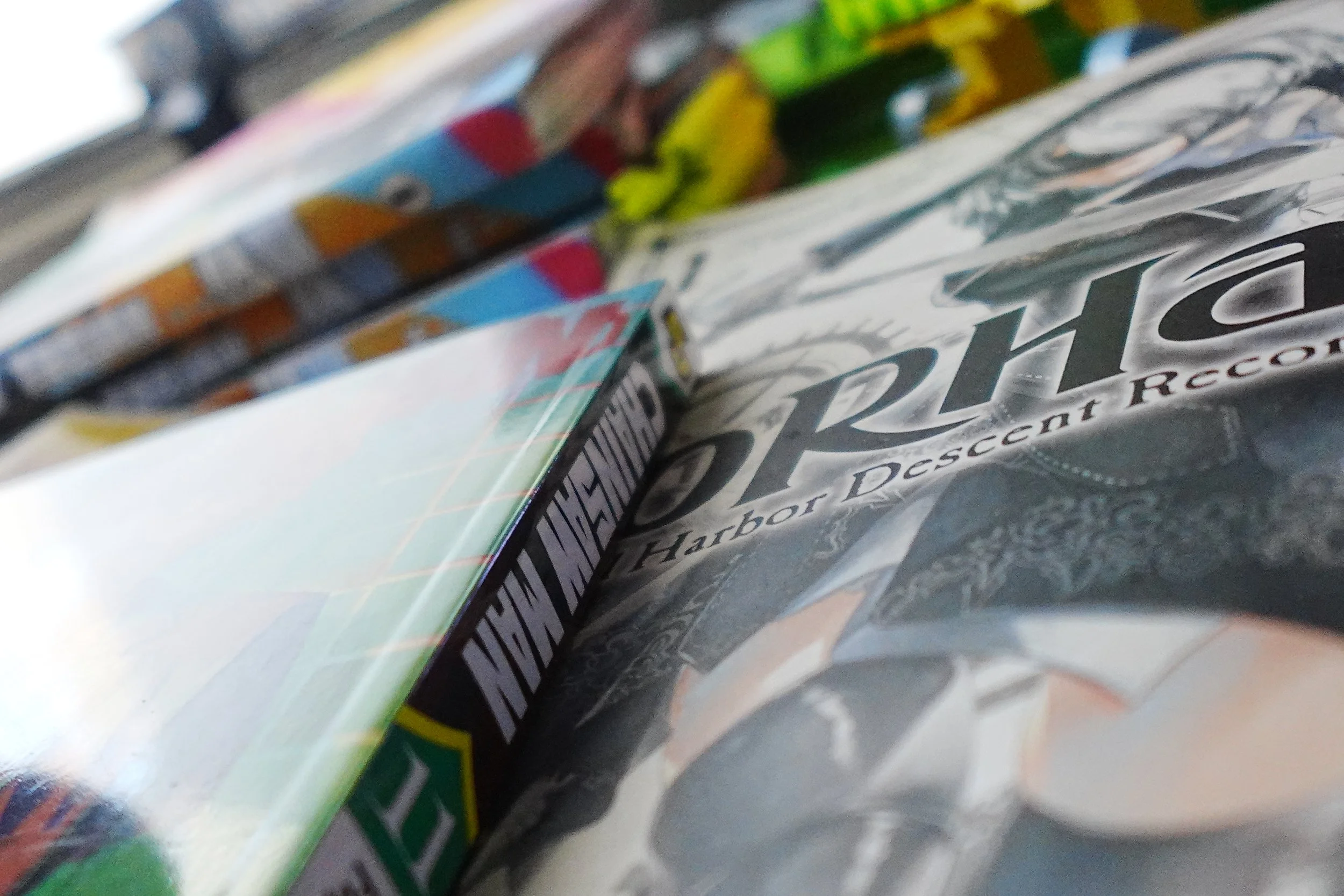
What is manga?
What is Manga?
Have you ever watched anime? Do you have a favorite series? Maybe it’s something action-packed, something thought-provoking, or maybe something that just makes you laugh. What many people don’t realize is that most anime start as manga—Japanese comic books that serve as the blueprint for the shows millions of fans love.
From Attack on Titan to One Piece, Demon Slayer, and My Hero Academia, some of the biggest anime to ever exist were first told in ink, panel by panel, in black and white. Manga is more than just a comic—it’s a discipline, a storytelling medium that has captivated audiences for generations.
Where Did Manga Come From?
Manga’s roots stretch back centuries, with some of the earliest examples found in 12th-century Japanese scrolls, where artists depicted sequential images telling stories through art. But manga as we know it today evolved in the 20th century, shaped by artists like Osamu Tezuka, the father of modern manga. His work introduced cinematic paneling, expressive characters, and layered storytelling, setting the stage for how manga is created today.
Unlike Western comics, where writing and art are often handled separately, manga is typically the vision of a single creator, known as a mangaka. They take on the roles of writer, artist, and sometimes even letterer, pouring everything into their craft. The result is a deeply personal expression of storytelling, with each panel carefully composed to draw the reader into its world.
Why is Manga in Black and White?
If you’ve ever picked up a manga, you’ve probably noticed that, unlike Western comics, most manga is printed in black and white. There are a few reasons for this:
Time Constraints – Many manga are released on a weekly or monthly schedule, meaning mangaka and their teams work under relentless deadlines. Black and white allows for faster production.
Cost Efficiency – Printing in color would make manga more expensive for both publishers and readers, so black and white keeps it affordable.
Artistic Tradition – Mangaka use shading, linework, and contrast to create dynamic storytelling without the need for color. This isn’t a limitation—it’s an art form in itself.
Mangaka I Admire
-

Masashi Kishimoto
(Naruto)
His clean art style, fluid action scenes, and dedication to character growth inspired me early on. His journey, from struggling to get published to creating one of the most iconic manga series of all time, is a testament to persistence.
-

Hirohiko Araki
(JoJo’s Bizarre Adventure)
His bold poses, surreal art style, and dramatic narrative structure make his work instantly recognizable. His storytelling challenges conventions, making every moment larger than life.
-

Yusuke Murata
(One Punch Man, Eyeshield 21)
His attention to motion, depth, and insane detail sets a new standard for action sequences. His ability to bring energy and movement to the page is something I deeply admire.





